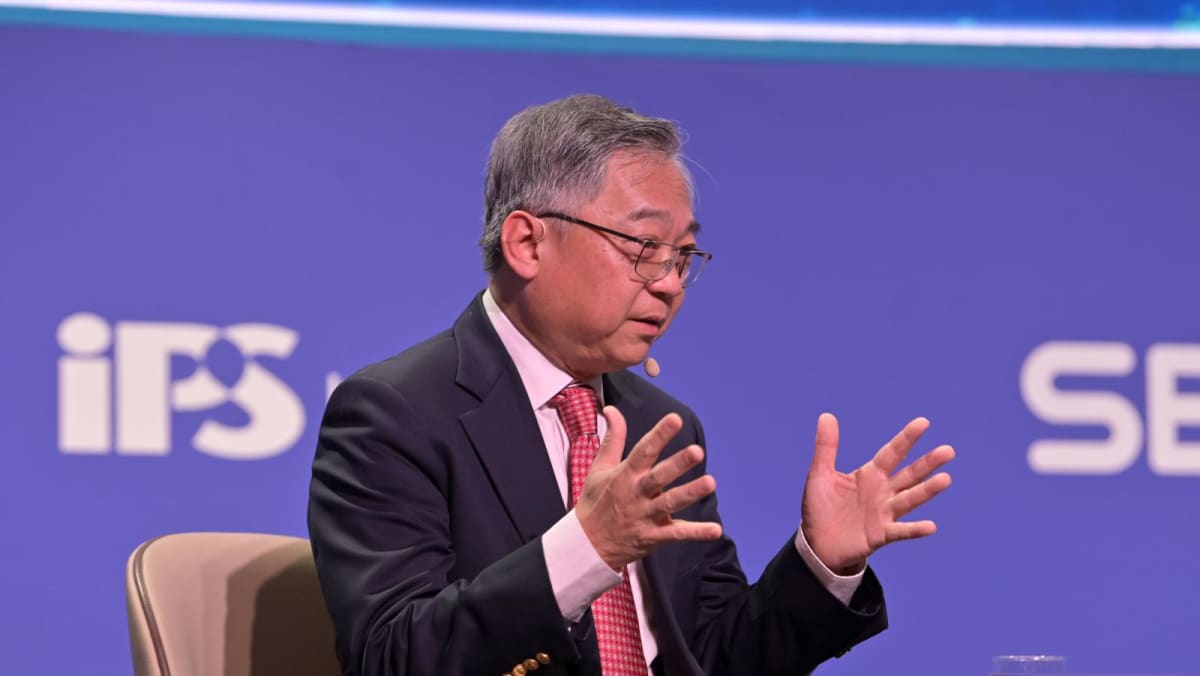While in the US, Mr Gan met with US Cabinet Secretaries, members of Congress and business and private-sector representatives.
He also participated in a business roundtable organised by the US Chamber of Commerce to discuss international and regional economic developments, and opportunities for collaboration between US and Singapore companies.
Mr Gan said his first question to US officials was whether they were open to negotiations on the 10 per cent tariff that Singapore is subject to, and whether it could be reduced or removed.
“I think the answer for the time being was quite obvious – they are not in the mood to discuss any discount to the baseline tariff,” he said.
“But we also want to put a place marker to remind (the US that) at any point in time, in future, if there’s flexibility to discuss the baseline tariff, we are interested in negotiating.”
He also asked officials if the baseline tariff will stay at 10 per cent or if it will go higher or lower.
“The answer was non-committal. They are still reviewing the tariff, and in time to come they will make an appropriate announcement, so we just have to wait and see,” said Mr Gan.
Even if the baseline tariff changes, no one can tell if that will be the final rate, he added, noting that the level of uncertainty has increased.
He said he did not have the chance to meet US Secretary of Commerce Howard Lutnick when he was in Washington, and hence, did not have detailed negotiations on pharmaceutical tariffs.
Mr Gan previously said that the US and Singapore had plans to discuss preferential or “zero” tariffs on pharmaceuticals.
“I think the administration’s focus now is to finish the negotiation on reciprocal tariffs, so after that, they will start to engage countries on specific sectoral tariffs on pharmaceuticals and semiconductors,” he said.
There have been discussions on how to ensure Singapore’s access to artificial intelligence equipment and semiconductors, but not on tariffs.
LOGIC BEHIND THE TARIFFS
Replying to a question from the moderator Mr Rennie, Mr Gan also said the US does have a rationale for imposing trade tariffs.
“Whether you agree or not, that’s a separate issue,” he said.
The three key considerations are: generating revenue for the US, balancing trade between the US and other countries, and bringing manufacturing back to the US.
“If you look at the baseline tariff, it is fundamentally for purposes of generating revenue for the US administration, partly to fund the tax incentives for the companies and other expenses,” he said.
Reciprocal tariffs are country-specific and are related to whether the US buys more from a country than the country buys from the US.
If the US has a large trade deficit with a country – meaning that the US buys more goods from it than it buys from the US – a higher reciprocal tariff is likely to be applied. That will discourage US consumers from buying goods from that country.
